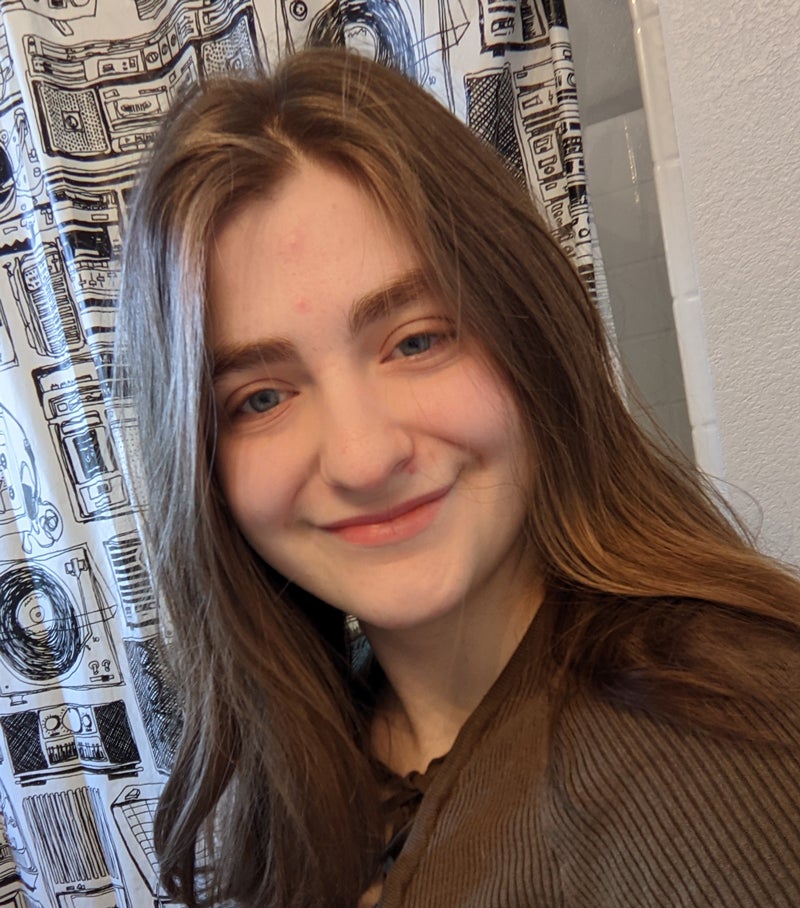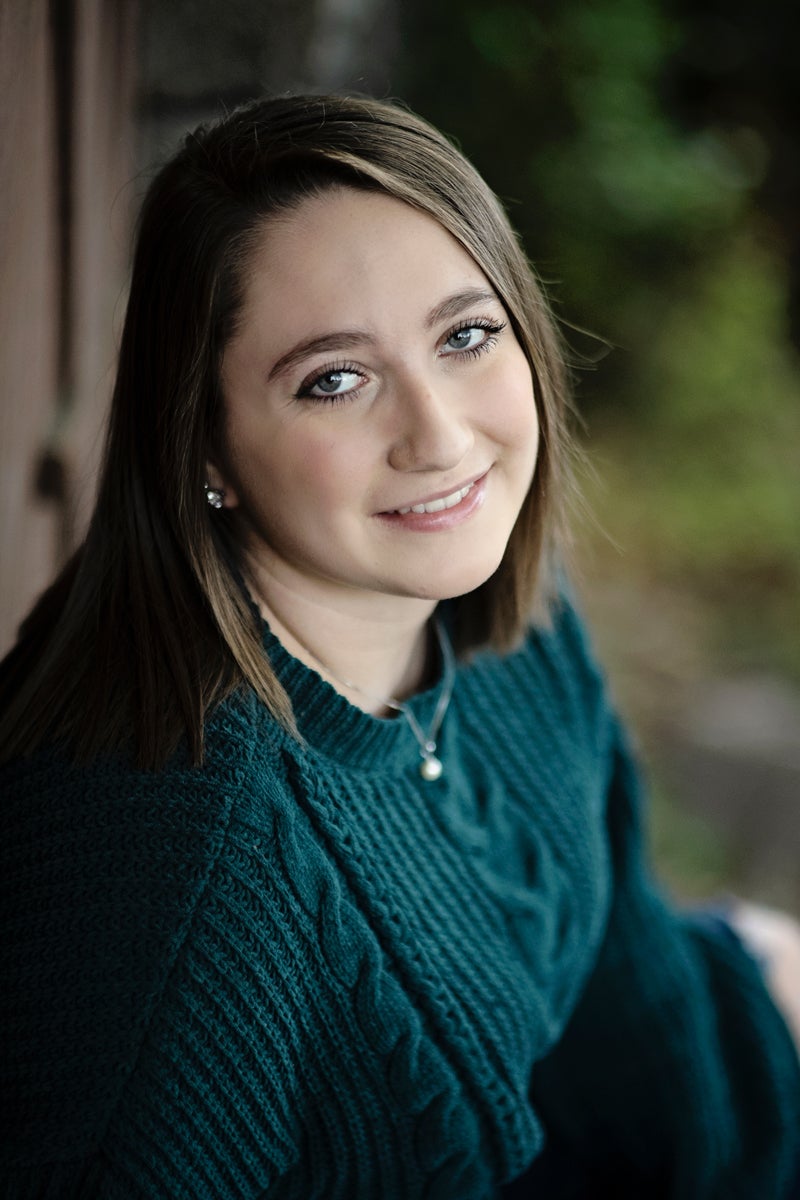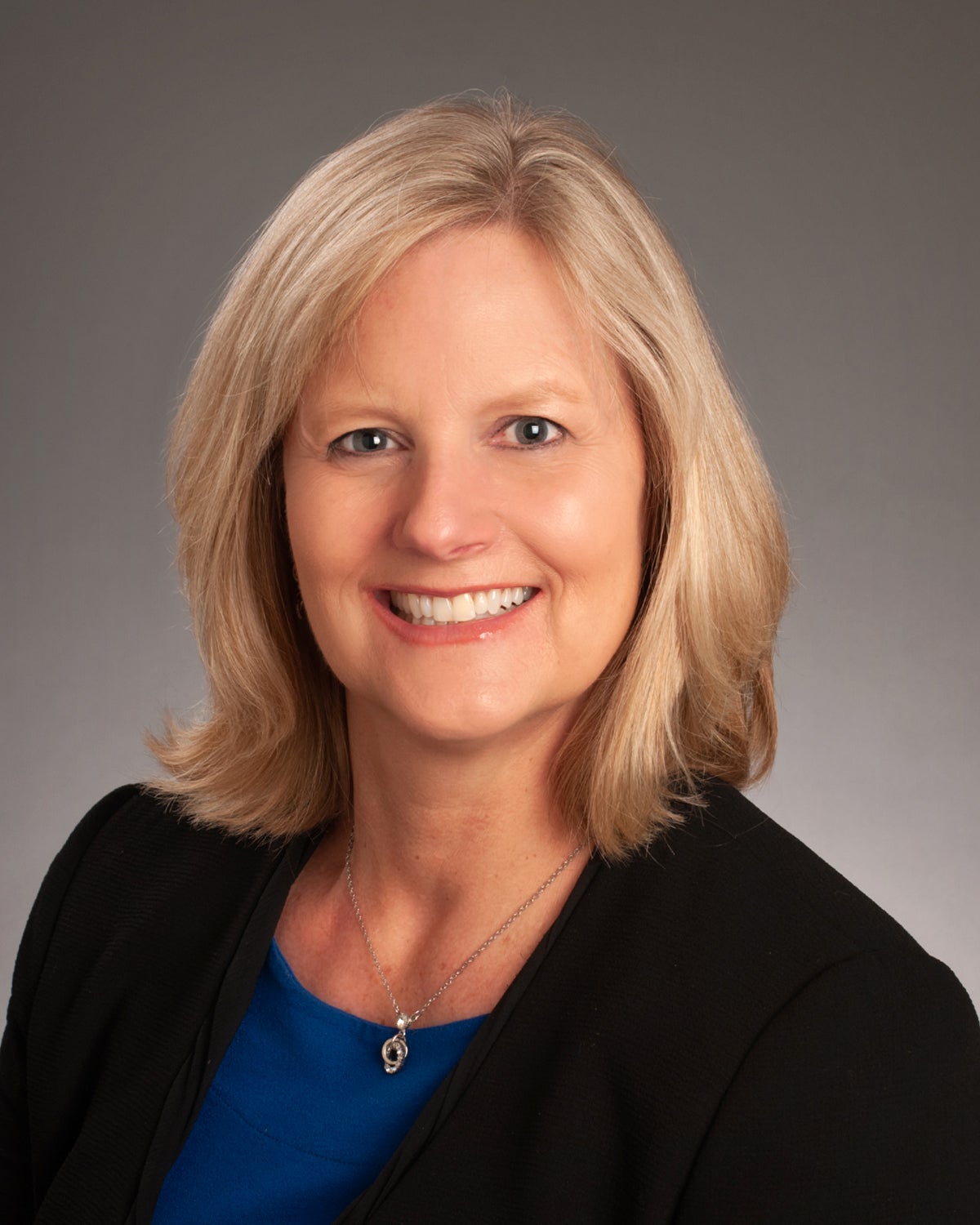Harrison Berry

Nat Parry had a plan. She’d just graduated from Mountain View High School in Meridian, Idaho; and as a participant in the Sophomore Start program, she already had college credit from Boise State University and had taken classes on campus. The next step was joining Boise State’s Honors College. Then, the COVID-19 pandemic struck.
“It really threw a wrench in every plan I had,” she said. “I didn’t know what my future looked like. I didn’t know when I could leave the house again.”
Parry has Guillain-Barré syndrome, a rare autoimmune disorder that affects the nervous system, and puts her at particular risk for complications due to COVID-19 and vaccination. She needed a nontraditional introduction to university life, so she embarked on a Bronco Gap Year.
The Bronco Gap Year started during the pandemic as a way to introduce people to the college experience, or offer students a pause in their studies. Participants receive faculty and peer guides, and connections to people and resources across campus, allowing them to explore being a student, define their academic goals or determine their major. As positive feedback rolled in and other universities began establishing similar programs, Boise State decided to make the Bronco Gap Year a permanent feature.
“It is very rare for students to have their path and purpose all figured out when they begin college. I know I didn’t. It takes time and support,” said College of Arts and Sciences Interim Associate Dean Kelly Myers. “The Bronco Gap Year program provides a way for people to pause, either before or during college, so that they can build their confidence, focus their goals, and embrace the college experience from a place of purpose and empowerment.”
Kelly Myers
Parry said in fall of 2021 she will attend classes as a member of the Honors College. Others in those first cohorts — seventeen in the fall of 2020 and another 18 in the spring of 2021 — came from all walks of life, and joined for a variety of reasons.

Molly McMulkin, who lives in Spokane, said she didn’t know if she wanted to attend college at all. During her Gap Year, she said she investigated areas of study, learned about mental health and spoke with students, faculty and staff about her options.
“It was very loose, very relaxed. That’s what I wanted. There were no deadlines or grades, and that’s what I was looking for,” she said. “I’m very excited now, which is a huge change from a year ago. … I’m going [to Boise State] because of this program.”
The Gap Year program meets students and prospective students where they are, but pivoting it from a feature born out of a crisis moment to a staple of Boise State’s offerings will take work. For a Gap Year to continue growing and be available to anyone, participants will need financial assistance.
“We started Bronco Gap Year in response to and in the midst of great uncertainty, and I’m so proud of the effort of faculty, staff, and students across campus who made our pilot year such a success,” said College of Arts and Sciences Interim Dean Leslie Durham. “Whether students were curious about the college experience but didn’t feel ready or able to commit, or if they needed to pause their current experience to focus their direction, we provided a unique space for them to connect and reflect. We’re also incredibly pleased that other institutions are following our lead with this kind of programming. We’re eager to move the program forward to its next phase of service to students, and hope to build greater access to it through scholarships and other support.”
Make a Gift to Support Bronco Gap Year.
Meet Bronco Gap Year Students
“Each of our gap year students comes to the program with a different story,” said Kelly Myers, interim associate dean in the College of Arts and Sciences. “Bronco Gap Year offers these students a totally different kind of academic space.”
View the gallery to meet a few of our Bronco Gap Year students.
Inspired by this Story? Let's Chat!
-

Melanie Bannister
Senior Director of Development